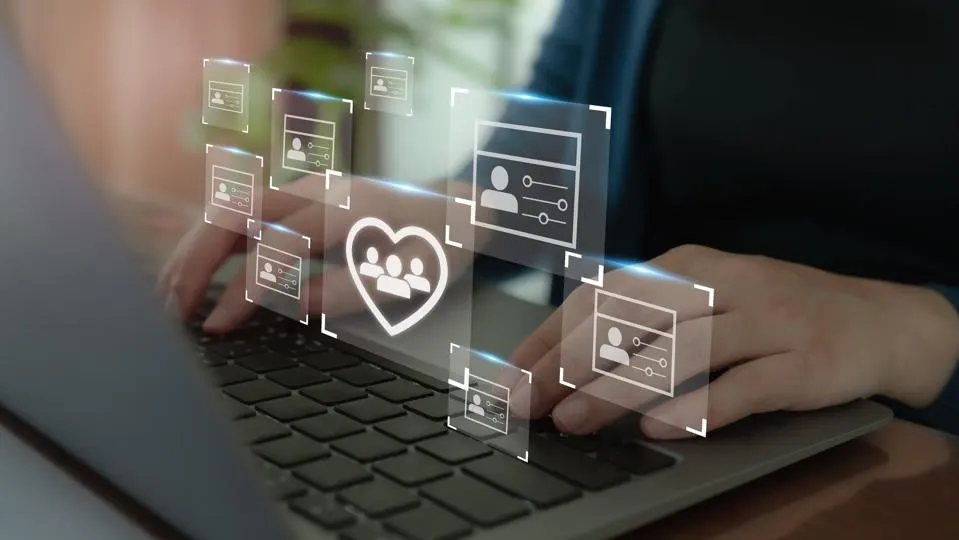How Do You Create Great Data Visualisations: 7 Simple Steps Anyone Can Follow
2 July 2021
Insights from data and analysis need to be packaged in meaningful formats in order to be communicated effectively so that decision makers can understand them and act accordingly. A key part of this is visualising the data.

Here are 7 steps that will ensure your data visualisations are effective:
- Identify your target audience. Whether you are creating a traditional report or a modern infographic, ask yourself who is going to see it and what do they already know about the issues being discussed? What do they need and want to know? And, what will they do with the information?
- Customise the data visualisation. Based on the answers to these questions be prepared to customise your data visualisation to meet the specific requirements of each decision maker. Too often in business reports are disseminated to everyone – “just in case” they might be useful. Or parts of the report are sliced off and sent separately to different people. This just adds to the information overload and increases the chance that important insights are lost or missed amongst the floods of data. Data visualisations should always be customised to the recipients and only include what they need to know, putting the information into a context that is relevant or meaningful to them.
- Give the data visualisation a clear label or title. Don’t be cryptic or clever just explain what the graphic or chart does. This helps to immediately put the visualisation into context.
- Link the data visualisation to your strategy. If the data visualisation is seeking to present data that answers key strategic questions then include the question in the opening narrative. Obviously linking the data back to the strategy helps to position the data so the reader can immediately see the relevance and value of the visualisation. As a result, they are much more likely to engage and use the information wisely.
- Choose your graphics wisely. Use whatever type of graphic best conveys the story as simply and succinctly as possible. That means:
- Use only relevant visuals that deliver important information that your target audience wants. Looking good is not a good enough reason to add a graphic – regardless of how clever or funky it is.
- Don’t feel the need to fill every space on the page – too much clutter makes it harder to find the important information, harder to remember and easier to dismiss.
- Use colour appropriately to add depth to the information. And be mindful that some colours have unconscious meanings. For example, red is considered a warning or danger colour.
- Don’t use too many different types of graph, chart or graphic. If it’s going to be useful to compare various graphs with each other then make sure you use the same type of graph to illustrate the data so that comparison is as easy as possible.
- Make sure everything on the visualisation serves at least one purpose.
- Use headings to make the important points stand out. This allows the reader to scan the document and get the crux of the story very quickly.
- Add a short narrative where appropriate. Narrative helps to explain the data in words and adds depth to the story while contextualising the graphics. Numbers and charts may only give a snapshot – narrative allows you to embellish on key points, make observations or highlight implications.
Referred to as the “da Vinci of Data” by The New York Times, Edward Tufte suggests that graphical displays should:
- show the data
- induce the viewer to think about the substance rather than about methodology, graphic design, the technology of graphic production or something else
- avoid distorting what the data have to say
- present many numbers in a small space
- make large data sets coherent
- encourage the eye to compare different pieces of data
- reveal the data at several levels of detail, from a broad overview to the fine structure
- serve a reasonably clear purpose: description, exploration, tabulation or decoration and
- be closely integrated with the statistical and verbal descriptions of a data set.
According to Tufte, “Graphics reveal data. Indeed graphics can be more precise and revealing than conventional statistical computations.” Although written in 1983 log before big data or modern analytics Tufte’s advice still holds true – especially in the field of data visualisation and infographics.
Related Articles
The New HR Playbook: Catalyze Innovation With Analytics And AI
Beneath the surface of every HR function, there lies a treasure trove of data. But if that[...]
The Eight Biggest HR Trends In 2024
For those working in employee and people management, the focus in 2024 will be on managing[...]
The New Frontier In Workplace Safety: Data Analytics And AI
Almost all employers want to ensure their workplaces are safe zones that are free[...]
The Biggest Banking And Financial Services Trends For 2024
2024 promises to be a landmark year in banking and finance, marked by significant[...]
The Evolution Of Data-Driven And AI-Enabled HR
The pulse of any organization lies not just in its products or services but in its people.[...]
How Data And AI Are Reshaping Contemporary HR Practices
The world of human resources (HR) stands on the precipice of an exciting era powered by data and AI.[...]
Sign up to Stay in Touch!
Bernard Marr is a world-renowned futurist, influencer and thought leader in the fields of business and technology, with a passion for using technology for the good of humanity.
He is a best-selling author of over 20 books, writes a regular column for Forbes and advises and coaches many of the world’s best-known organisations.
He has a combined following of 4 million people across his social media channels and newsletters and was ranked by LinkedIn as one of the top 5 business influencers in the world.
Bernard’s latest book is ‘Generative AI in Practice’.










Social Media